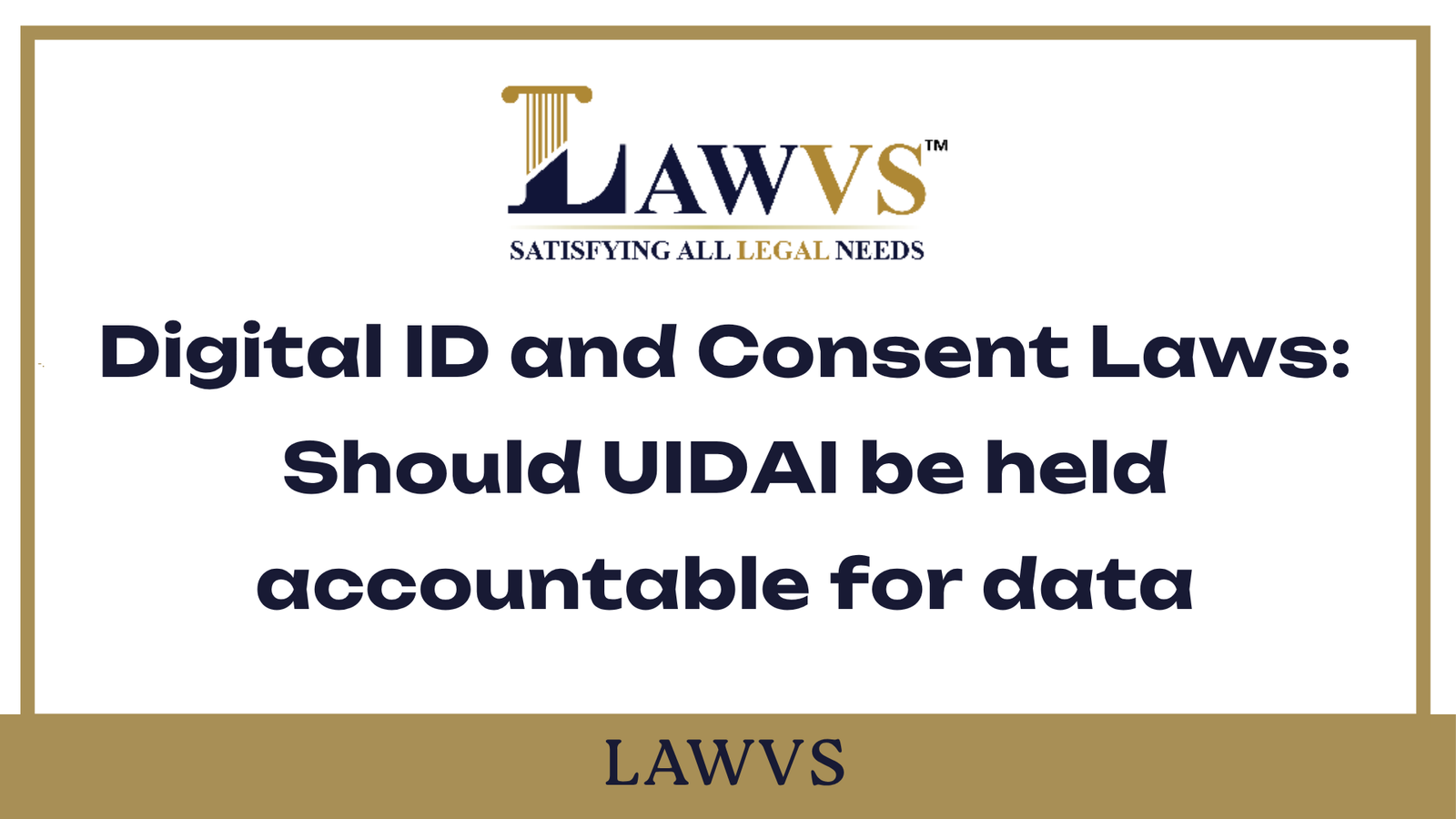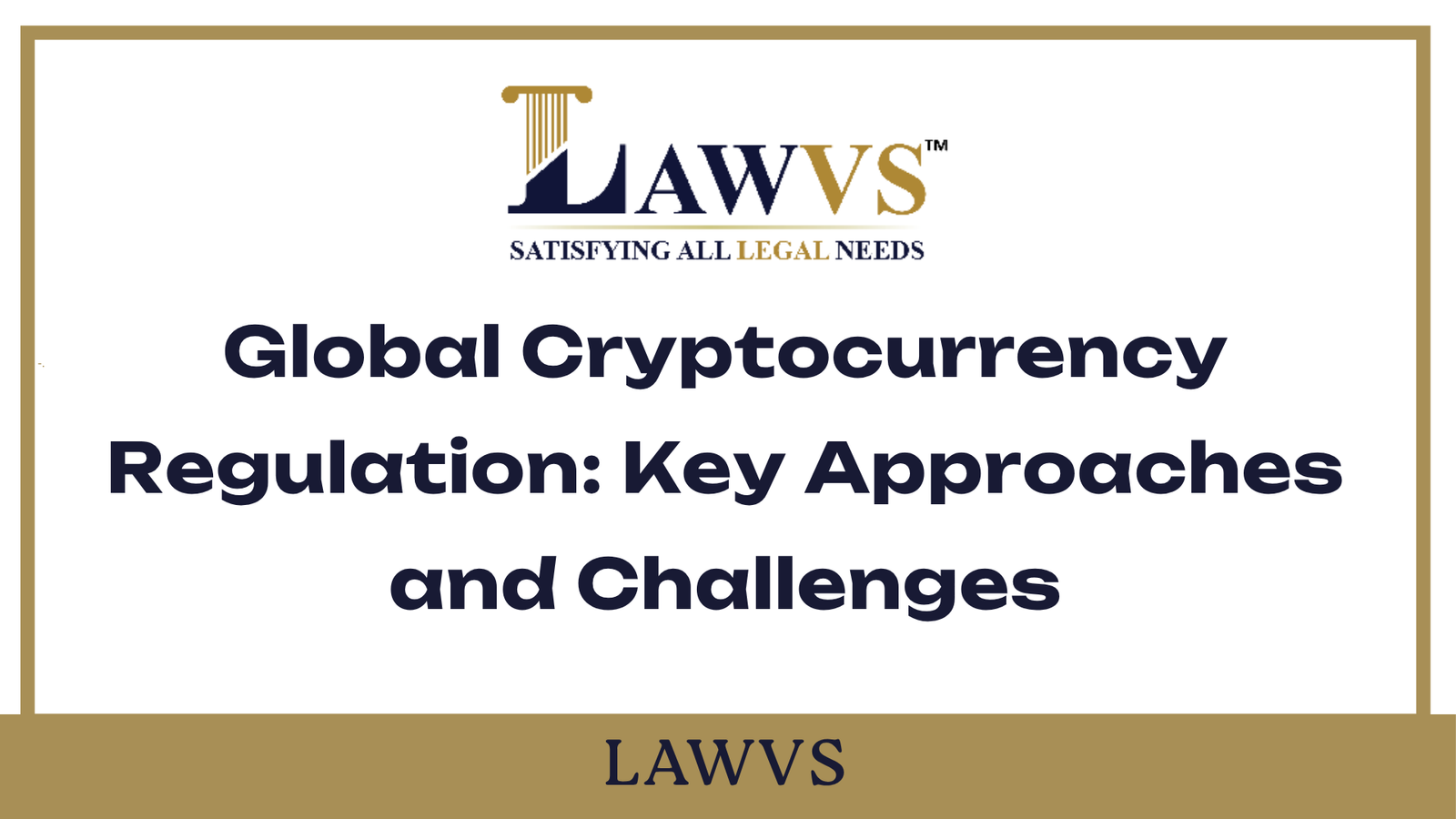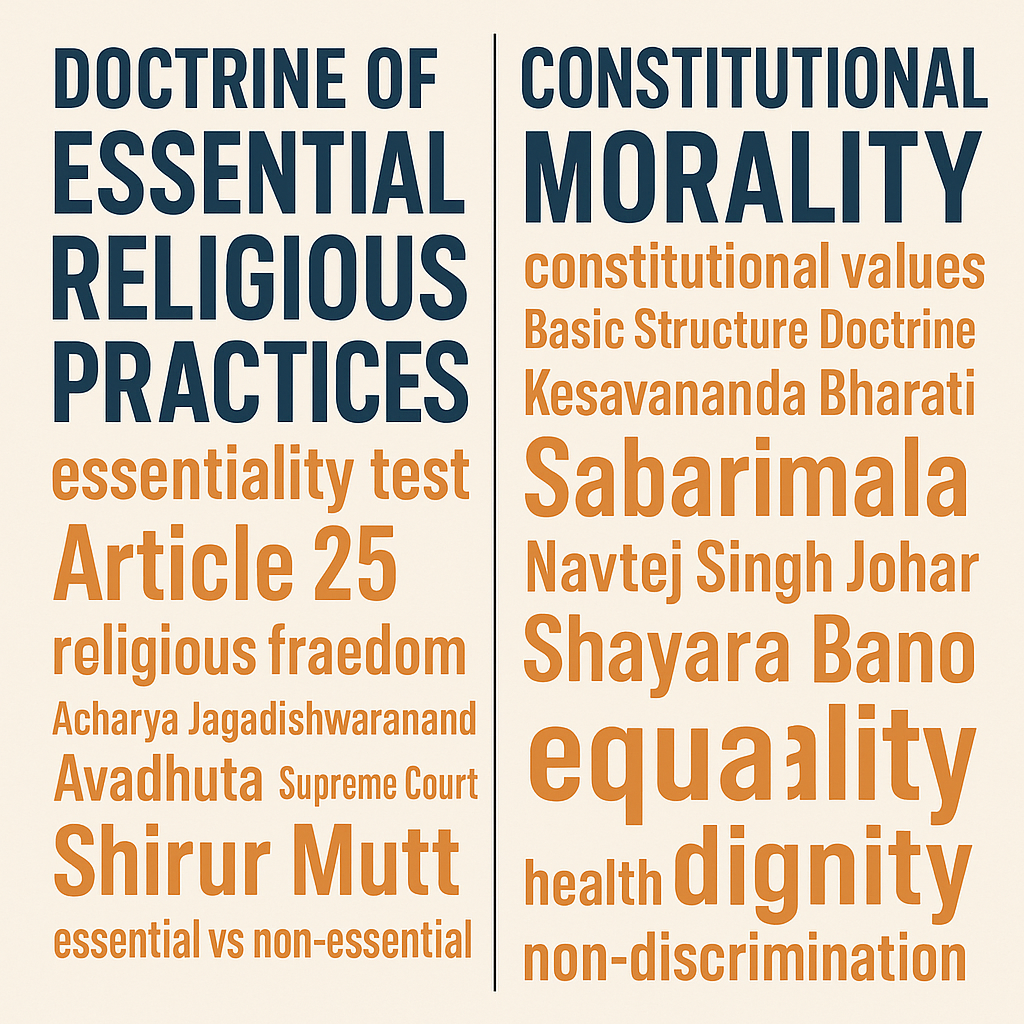Deepfake Regulation
V/S
Free Speech
The rapid advancement of artificial intelligence has brought both promise and peril. Among the most contentious developments in recent years is the emergence of deepfakes—highly convincing synthetic media generated using AI, often through deep learning techniques. While deepfakes can be used creatively and innocuously in entertainment or satire, their potential for harm is immense. From manipulating political discourse to violating individual privacy, deepfakes represent a growing challenge to legal and ethical norms. In the Indian context, the regulation of deepfakes poses a particularly difficult question: Can the State criminalize AI-generated deepfakes without infringing upon the constitutionally guaranteed right to free speech and expression?
India's constitutional framework places a strong emphasis on the freedom of speech and expression under Article 19(1)(a). This right is not absolute and is subject to reasonable restrictions in the interests of sovereignty, public order, decency, morality, defamation, and more. The deepfake phenomenon occupies a legally grey area. On one hand, it can be argued that malicious deepfakes, especially those that incite violence, spread misinformation, or damage reputations, can justifiably be curtailed under these restrictions. On the other hand, criminalizing all forms of deepfake content could set a dangerous precedent for censorship, inadvertently stifling satire, parody, and political dissent.
The Indian legal system has been slow in directly addressing deepfakes. While laws like the Information Technology Act, 2000, and various provisions of the Indian Penal Code (IPC) can be invoked in cases involving cyberbullying, defamation, or impersonation, they lack specificity when it comes to AI-generated media. This legal vacuum has prompted calls for clear regulation that can strike a balance between curbing harm and upholding free expression.
A major concern with criminalizing deepfakes is the risk of overreach. Unlike traditional fake news, deepfakes can sometimes be indistinguishable from real footage, making it difficult to establish intent and culpability. A blanket criminalization could lead to misuse of the law by authorities to suppress dissent or target political opposition. India has seen several instances where laws intended for maintaining public order have been used disproportionately, especially against activists, journalists, and artists. The fear is that without strict safeguards, anti-deepfake laws could become another tool for state overreach.
Furthermore, regulating deepfakes brings forth the question of technological competence and implementation. Law enforcement agencies in India often struggle with digital literacy and lack the tools necessary to detect or investigate AI-generated content. Creating new laws without equipping enforcement agencies with the proper training and infrastructure may prove ineffective. There's also the challenge of jurisdiction. Much of the deepfake content circulated in India may originate from foreign servers or anonymous sources, complicating investigation and prosecution efforts.
On the flip side, the harm potential of deepfakes cannot be ignored. Deepfake pornography, especially non-consensual fake content targeting women, has already caused significant damage globally. In political spheres, doctored videos can sway elections, create unrest, and undermine public trust in institutions. The manipulation of visual and audio data undermines the very concept of truth in public discourse. If left unregulated, deepfakes could erode the credibility of evidence, journalism, and democratic institutions.
One possible approach for India is to adopt a graded regulation model, where only malicious deepfakes—those meant to harm, mislead, or defame—are penalized. This would require clear definitions of what constitutes a harmful deepfake and establish due process safeguards to prevent arbitrary enforcement. Such regulation could draw from models in other countries. For instance, the United States relies heavily on First Amendment protections but has state-level laws targeting deepfake pornography and election interference. The European Union, through its AI Act and Digital Services Act, is aiming for a regulatory approach that includes transparency, accountability, and ethical AI deployment.
India could also consider non-criminal regulatory mechanisms, such as mandating watermarks or disclosure labels for synthetic media. Platforms hosting content could be made responsible for detecting and removing harmful deepfakes under a framework of intermediary liability, but with robust checks to avoid censorship. Public awareness campaigns and digital literacy initiatives are equally important to help users critically assess the authenticity of online content.
The debate over criminalizing deepfakes in India is not merely about technology—it is a constitutional and ethical debate about the limits of State power and the rights of individuals in a digital age. Regulation is necessary, but it must be crafted carefully to avoid infringing upon democratic freedoms. The answer may not lie in harsh penal provisions alone, but in a multi-layered response combining law, technology, policy, and education.
In conclusion, while the threat of deepfakes to society, privacy, and democracy is real and pressing, India's response must be rooted in its constitutional values. Criminalization should be limited, targeted, and accompanied by transparency safeguards. Otherwise, in the name of protecting the truth, we may end up silencing it.








